Mineral Evolution
I. THE INITIAL IDEA FOR MINERAL EVOLUTION
Hazen RM, Papineau D, Bleeker W, Downs RT, Ferry F, McCoy T, Sverjensky D, Yang H (2008) Mineral evolution. American Mineralogist 93:1693-1720
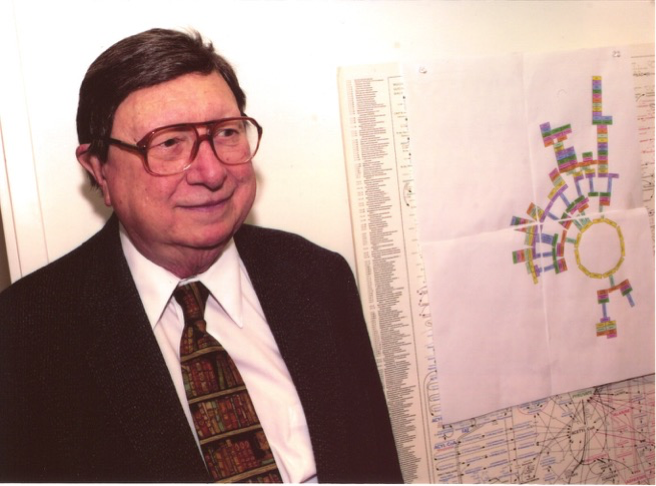
At a Christmas party on December 6, 2006, Harold Morowitz asked me a simple question: “Were there clay minerals in the Archean?” That question has important implications for origin-of-life models that depend on clays, but the answer is not at all obvious. And it’s a question that mineralogists never thought to ask. I was immediately struck by the idea that Earth’s mineralogy must have changed over 4.5 billion years of history in ways that had never been thoughtfully explored. After several sleepless nights, and a year of development with a growing list of collaborators including geobiologist Dominic Papineau (CIW), paleotectonics expert Wouter Bleeker (Geological Survey of Canada), metamorphic petrologist John Ferry (Johns Hopkins), meteorite expert Tim McCoy (Smithsonian), geochemist Dimitri Sverjensky (Johns Hopkins), and mineralogists Robert Downs and Hexiong Yang (University of Arizona), we published a paper entitled “Mineral evolution” (American Mineralogist, v.93, pp.1693-1720, 2008) that essentially reframes the science of mineralogy in an historical context.
Mineral evolution posits that the mineralogy of terrestrial planets and moons evolves as a consequence of varied physical, chemical, and biological processes that lead to the formation of new mineral species. The novelty of mineral evolution is epitomized by the new questions it raises about the history of mineralogy. For example, we could find no reference to the question, “What was the first mineral in the cosmos?” That is, what was the first crystalline material to form after the Big Bang? It was too hot following the Big Bang, and the first generation of atoms—mostly hydrogen and helium—are gases. No crystals formed in the first stars, either. But stars produce heavier elements, including such mineral-forming atoms as carbon, oxygen, silicon, and magnesium. We concluded that the first mineral was diamond—pure carbon condensed from the expanding atmospheres of energetic stars. Approximately a dozen “ur-minerals,” including nitrides, carbides, oxides, and silicates, condensed as micro-crystals at temperatures greater than 1500°C. The central question of mineral evolution is thus how a dozen phases with 10 essential elements were transformed to the >5000 minerals with 72 essential elements we see today.
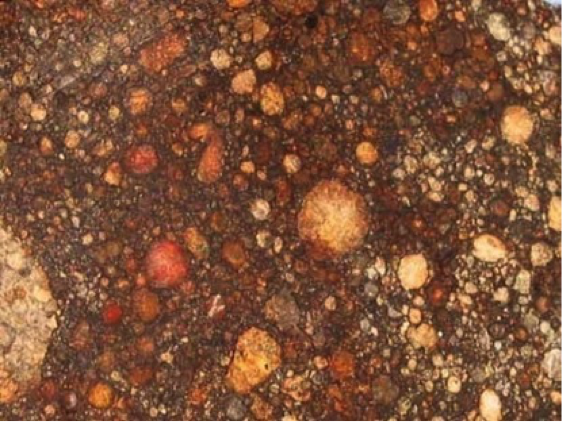
II. STAGES OF MINERAL EVOLUTION
STAGE 1
While an exact division of geological history into stages of mineral evolution is somewhat arbitrary, we propose that Earth's mineral evolution can be divided into at least ten stages, each of which increased the mineral diversity of the planet. Stage 1 occurred in the stellar nebula prior to planetary accretion, when presolar “dust bunnies” were melted into droplets (“chondrules”) by the fitful early Sun. These droplets accumulated in the earliest generations of meteorites, called chondrites. Unaltered chondritic material with approximately 60 different refractory minerals thus represents the starting point of the mineral evolution of all planets and moons in our solar system.
STAGE 2
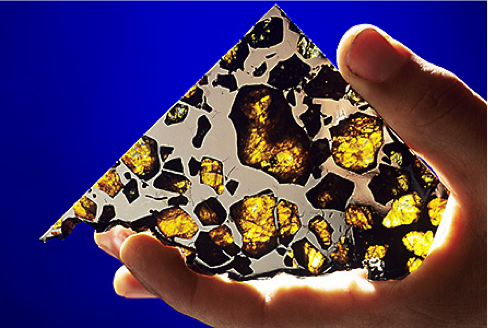
Chondrites clumped together by gravitational attraction into larger and larger “planetesimals.” Subsequent aqueous and thermal alteration of chondrites, asteroidal accretion and differentiation, and the consequent formation of achondrites results in a Stage 2 mineralogical repertoire limited to the approximately 250 minerals now found in the diverse suites of unweathered lunar and meteorite samples. Among the important minerals seen for the first time are quartz (of beach sand fame), carbonates (which today form limestone ridges and reefs), and the first clay minerals.
Following planetary accretion and differentiation, the mineral evolution of a terrestrial planet depends initially on a sequence of geochemical and petrologic processes, which depend principally on the size and volatile content of the body—proceses that define Stages 3, 4, and 5. These processes may include volcanism and degassing, fractional crystallization, crystal settling, assimilation reactions, regional and contact metamorphism, plate tectonics, and associated large-scale fluid-rock interactions.
STAGE 3
Stage 3 is defined as the period of planetary differentiation into the major layers of metallic core, silicate mantle, and volcanic-derived basaltic crust. Earth’s crustal minerals diversified most notably by interactions with the earliest oceans and atmosphere. New hydrous minerals such as clay minerals, evaporites including salt, and ices at the frigid poles were produced in this early period. Igneous rocks also hosted suites of minerals, as described in The Evolution of the Igneous Rocks by Norman Bowen, a long-time Staff Scientist at the Geophysical Laboratory.
Recent work (R.M. Hazen, “Paleomineralogy of the Hadean Eon,” American Journal of Science, 2013) suggests that as many as 420 mineral species may have occurred during this early stage of Earth’s mineral evolution.
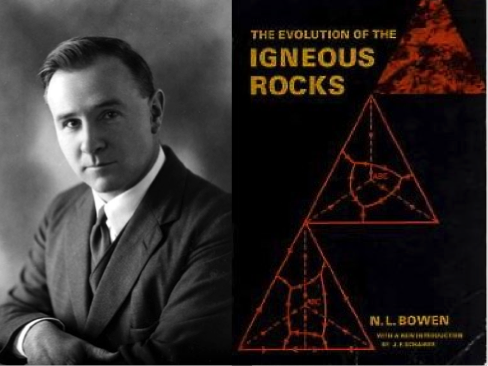
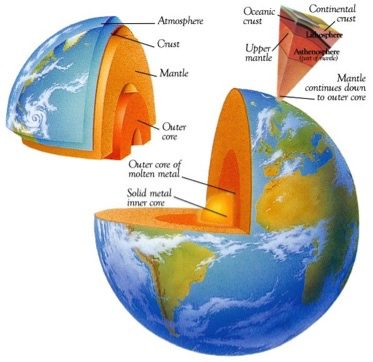
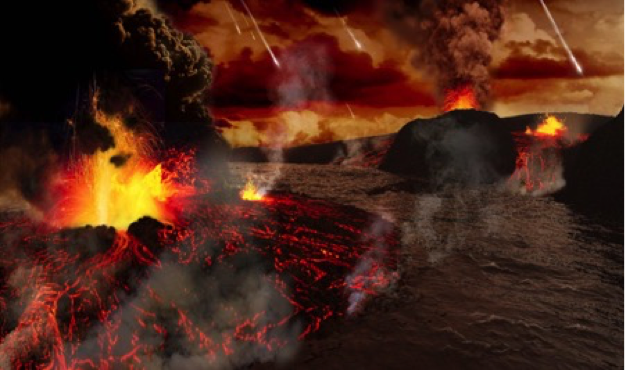
STAGE 4
Stage 4 marks the appearance of Earth’s first extensive terrains of granite, a silica-rich rock that forms when wet basalt partially melts. The resulting granite melt is 10% less dense than basalt, so it rises to form the cores of continents. Granite formation also may result in the formation of pegmatite, which represent the final stages of granite crystallization. Pegmatite often concentrate rare “incompatible” elements that don’t find a comfortable home in common minerals. Numerous new minerals of such elements as beryllium, boron, lithium, tantalum, tin, and uranium thus occur in so-called “complex” pegmatite.

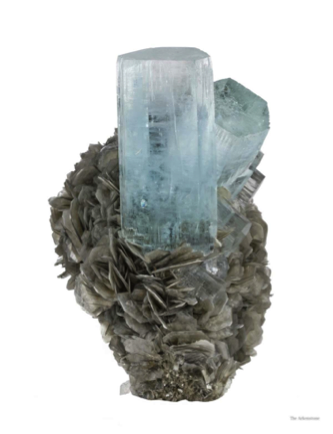
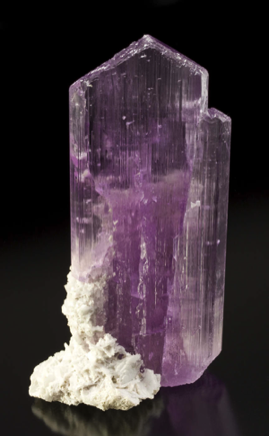
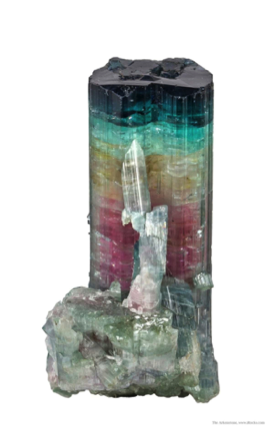
STAGE 5
Stage 5 of Earth’s mineral evolution arises from the great global-scale process of plate tectonics, by which wet crustal rocks are recycled into the mantle by subduction. New mineral-forming processes arise from consequent fluid-rock interactions that operate on a vast scale. Immense hydrothermal ore deposits, vast metamorphic terrains, and the appearance of high-pressure minerals at Earth’s surface all characterize Stage 5, which increased mineral diversity to perhaps 1500 species formed by purely physical and chemical processes. According to some origin-of-life scenarios, a planet must progress through at least some of these stages of chemical processing as a prerequisite for life.
A major unresolved question is when plate tectonics began on Earth. Some researchers claim that some form of subduction was in operation during the first half-billion years, more than 4 billion years ago. Others, however, posit a commencement of modern-style plate tectonics no earlier than 3 billion years ago.
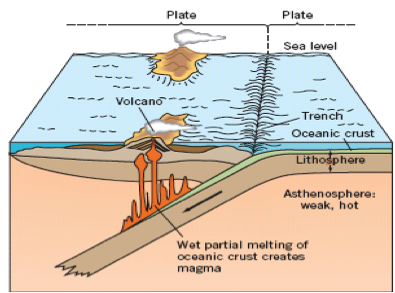
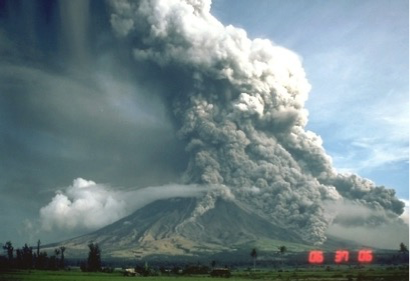
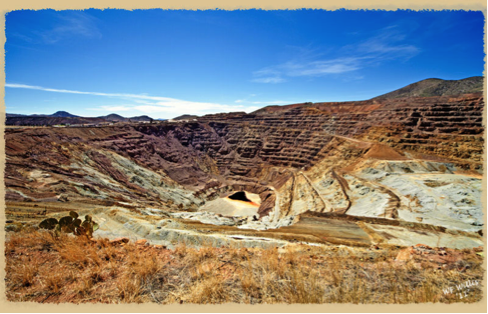
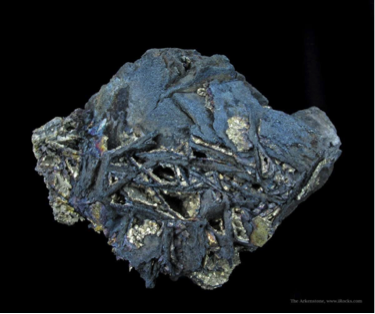
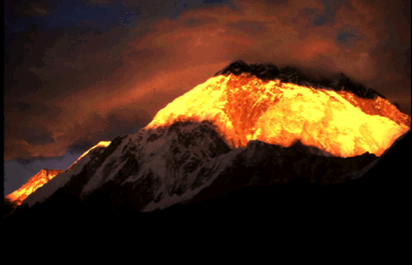
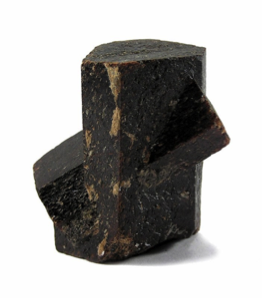
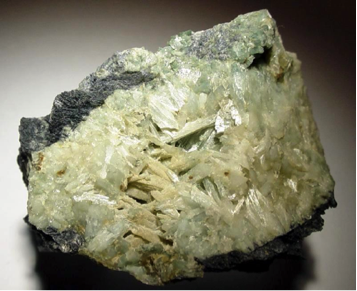

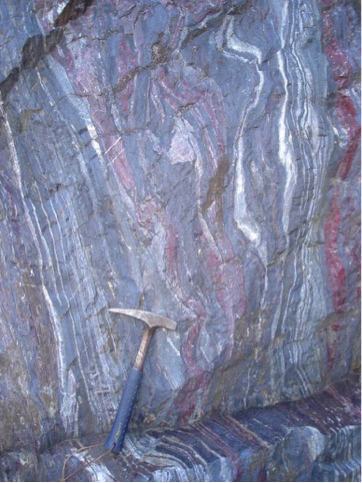
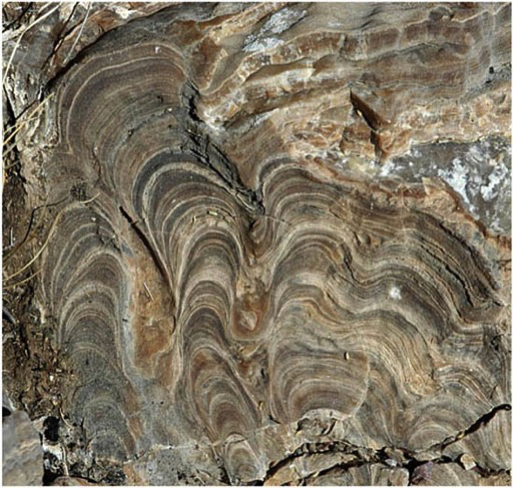 STAGE 6
STAGE 6
Biological processes began to affect Earth’s surface mineralogy by the Paleoarchean (~3.8 Ga), when large-scale surface mineral deposits, including carbonate and banded iron formations, were precipitated under the influences of changing atmospheric and ocean chemistry.
STAGE 7
The Paleoproterozoic “great oxidation event” (Stage 7; 2.5 to 1.9 Ga), when atmospheric oxygen may have risen to >1% of modern levels, and the Neoproterozoic increase in atmospheric oxygen following several major glaciation events, gave rise to multicellular life and skeletal biomineralization and irreversibly transformed Earth’s near-surface mineralogy. We estimate that 70% of the diversity of species on Earth arise indirectly from biological changes of the atmosphere and oceans. Most of these mineral species incorporate one or more redox-sensitive elements that can occur in two or more oxidation states. Thus, hundreds of new minerals incorporate iron (Fe2+ vs. Fe3+), copper (Cu1+ vs. Cu2+), and uranium (U4+ vs. U6+).
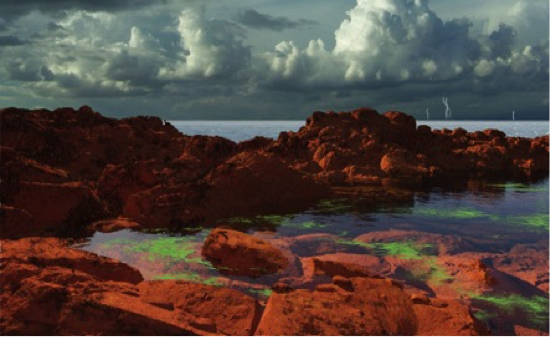
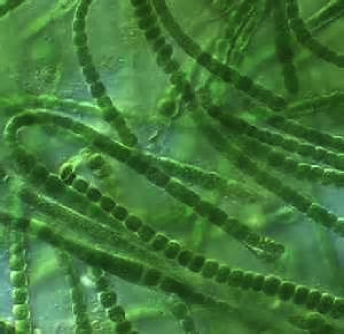
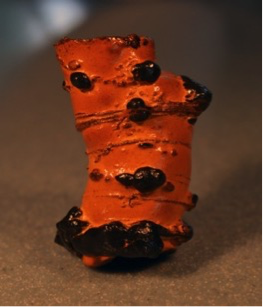
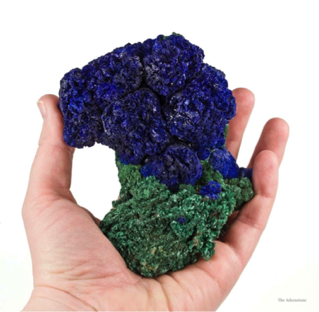
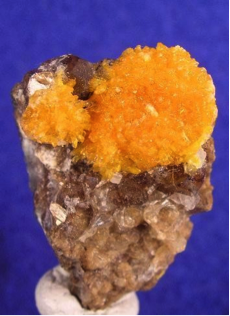
STAGE 8
Stage 8 commenced at ~1.85 Ga, when the production of banded iron formations ceased relatively abruptly, signaling a significant change in ocean chemistry likely driven by microbial activity. This gradual change to an “intermediate ocean” appears to have resulted from increased microbial sulfide reduction and surface oxidation. This long time span—approximately 20% of Earth history—has been interpreted as period when the oceans gradually became oxygenated. No new mineral-forming processes have been identified from Stage 8; nevertheless, Earth’s mineralogical repertoire continued to diversify significantly as a result of ongoing physical, chemical, and biological processes.
STAGE 9
Stage 9 featured the “Snowball Earth” (1.0 to 0.57 Ga). Multiple lines of evidence indicate that Earth experienced dramatic fluctuations in climate and atmospheric composition between about 1.0 and 0.57 Ga, with at least two (and possibly as many as four) snowball Earth events between about 0.75 and 0.57 Ga. During the coldest periods, ice was Earth’s most abundant surface mineral. However, mineral diversity did not significantly increase during Stage 9.
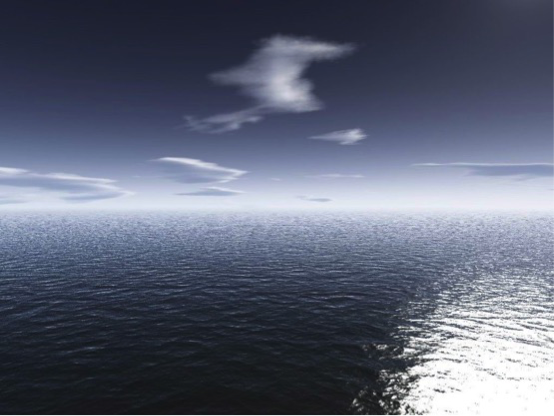
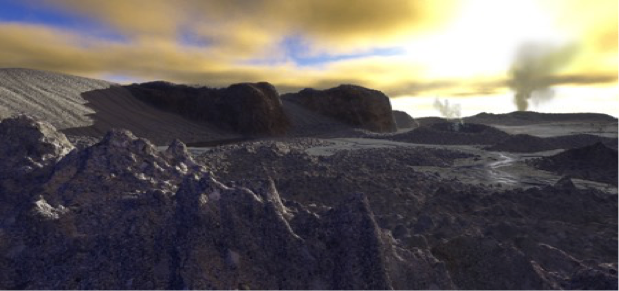
STAGE 10
The most recent Stage 10 of Earth’s mineral evolution saw the biological innovations of shells, teeth, and bones, as well as the rise of the terrestrial biosphere. Dozens of new organic mineral species have appeared during the Phanerozoic Eon.


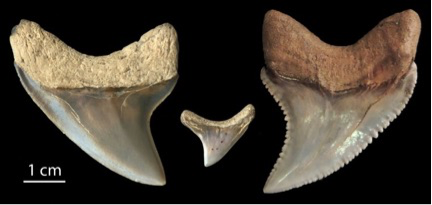

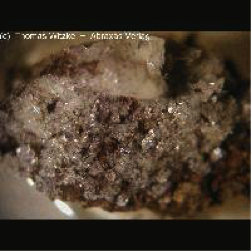

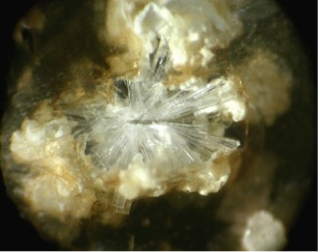

A principal conclusion of mineral evolution is that sequential stages of mineral evolution arise from three primary mechanisms: (1) the progressive separation and concentration of the elements from their original relatively uniform distribution in the presolar nebula; (2) the increase in range of intensive variables such as pressure, temperature, and the activities of H2O, CO2, and O2; and (3) the generation of far-from-equilibrium conditions by living systems. The sequential evolution of Earth’s mineralogy from chondritic simplicity to Phanerozoic complexity introduces the dimension of geologic time to mineralogy and thus provides a dynamic alternate approach to framing, and to teaching, the mineral sciences.
The general principles observed for the emergence of mineralogical complexity on Earth apply equally to any differentiated asteroid, moon, or terrestrial planet. In every instance mineral evolution will occur in a progression of stages as a result of local, regional, and global selective processes. The degree to which a body will advance in mineralogical complexity beyond the relatively simple achondrite stage is dictated by the nature and intensity of subsequent cycling (and hence repeated separation and concentration of elements). Consequently, a planet’s surface mineralogy will directly reflect the extent to which cyclic processes have affected the body’s history. Accordingly, remote observations of the mineralogy of other moons and planets may provide crucial evidence for biological influences beyond Earth.
A number of papers amplify the original mineral evolution concept:
Hazen, R.M., Ewing, R.J and Sverjensky, D.A. (2009) Evolution of uranium and thorium minerals. American Mineralogist 94. 1293-1311.
Hazen, R.M. and J. M. Ferry (2010) Mineral evolution: Mineralogy in the fourth dimension. Elements 6, #1, 9-12.
Hazen, R.M. and N. Eldredge (2010) Themes and variations in complex systems. Elements 6, #1, 43-46.
Hazen, R.M. (2010) The evolution of minerals. Scientific American 303, #3, 58-65.
Grew, E.S., Bada J.L., Hazen R.M. (2011) Borate minerals and the origin of the RNA world, Origins of Life and Evolution of the Biosphere, 41, 307-316.
Hazen R.M., Bekker A, Bish DL, Bleeker W, Downs RT, Farquhar J, Ferry JM, Grew ES, Knoll AH, Papineau D, Ralph JP, Sverjensky DA, Valley JW (2011) Needs and opportunities in mineral evolution research. American Mineralogist, 96, 953-963.
Golden, J., M.McMillan, R.T.Downs, G.Hystad, H.J.Stein, A.Zimmerman, D.A.Sverjensky, J.Armstrong, R.M.Hazen (2012) The Great Subsurface Oxidation “Event”: Evidence from Re Variations in Molybdenite (MoS2
Geology, in review.
Hazen, R.M., R.T.Downs, J.Golden, E.S.Grew, D.Azzolini, D.A.Sverjensky (2012) Mercury (Hg) mineral evolution: A mineralogical record of supercontinent assembly, changing ocean geochemistry, and the emerging terrestrial biosphere. American Mineralogist, in review.
We've received lots of publicity since the mid-November 2008 release of the paper. Here's a sampling:
Selected Articles on “Mineral Evolution”
Minik Rosing (2008) “On the evolution of minerals.” Nature 456, 456-458.
Sid Perkins (2008) “As life evolves, minerals do too.” Science News, December 6, 2008, 10.
Phil Bernardelli (2008) “Earth’s minerals evolved, too.” ScienceNOW Daily News, Noember 14, 2008. (http://sciencenow.sciencemag.org)
Crisogono Vasconcelos and Judith McKenzie (2009) “The descent of minerals.” Science 323, 218-219.
Brian Fisher Johnson (2009) “Minerals take on a new life.” Earth, January 2009, 14-15.
Harvey Leifert (2009) “Rocky Road.” Natural History, February 2009, 14.
Science News (2009) News of the Year issue, “Minerals evolve too.” January 3, 2009, 26.
American Scientist (2009) “Rocks evolve too.” January-February 2009, 25.
Colin Nickerson (2009) “The blurry line between life, nonlife.” Boston Globe, January 12, 2009, A9.
Boris Bellanger (2009) “Mineraux sans la vie, il n’en existerait pas autant!” Science et Vie, March 2009, 102-104.
Selected Web Links on "Mineral Evolution"
Earth's Mineral Evolution, Astrobiology Magazine (11/14/08).
Science in Action, BBC Radio (11/14/08).
Life's Traces in Mineral Evolution, Centauri Dreams (11/14/08).
Earth's Minerals Evolved too, Thanks to the Evolution of Life, Discovery Magazine Blows (11/17/08).
How Rocks Evolve, The Economist (11/13/08).
Mineral Kingdom Has Co-Evolved with Life, e!ScienceNews (11/13/08).
The Exciting Evolution of...Rocks, Live Science (11/13/08).
Earth's 'Mineral Kingdom" Evolved Hand in Hand with Life, NewScientist (11/19/08).
Mineral Kingdom Has Co-Evolved with Life, Scientists Find, ScienceDaily (11/14/08).
Minerals Evolved Along with Life, ScienceNews (11/13/08).
Earth's Minerals Evolved, Too, Science Now (11/14/08).
Mineral Kingdom Has Co-Evolved with Life, Scientific Frontline (11/14/08).
Earth's Minerals are Biological in Origin, Wired (11/15/08).
Los Minerales Han Coevolucionado Con Los Organismos Vivos, La Opinion (11/13/08).
Bunt Sind Nicht Nur Die Walder, Faz Net (11/8/08).
Mineralische "Evolution", Science Ticker (11/14/08).
Vetsina Mineralu by Neexistovala, Nebyt Zivota, Tyden.cz (11/14/08).
Leben und Ton, Deutschlandfunk (11/19/08).
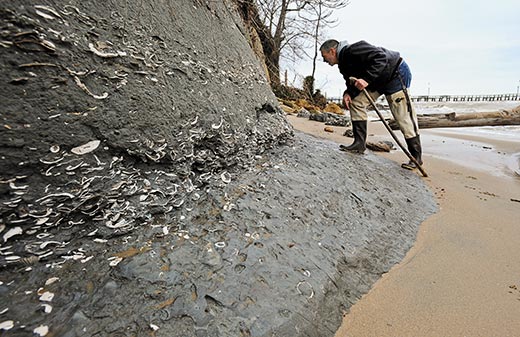
What's Next in Mineral Evolution? (2011)

